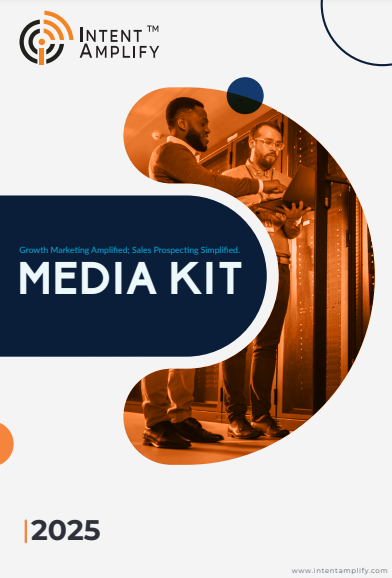Can Meta Pixel Drive B2B Leads? What Marketers Need to Know in 2025
- Last updated on: June 25, 2025
In the rapidly evolving realm of B2B marketing, 2025 is looking to be a year marked by accuracy, personalization, and measurement of performance. As companies are doing all they can do to make every dollar in marketing count, the technology they deploy needs to be transparent, nimble, and actually make an impact. Of all these tools, Meta Pixel, initially regarded as largely a B2C tool, is increasingly coming into play in terms of its application in the realm of B2B lead generation. But can Meta Pixel drive B2B leads at scale in 2025? Let us examine how it is part of the B2B marketing stack in the modern world, what the benefits are, and how to steer clear of the pitfalls.
Understanding Meta Pixel in 2025
Originally, Facebook Pixel, Meta Pixel is a code that marketers place on their websites to track actions taken by visitors. It allows companies to measure the effectiveness of their advertisements through awareness of what people do on their websites, like form submissions, page views, downloads, and purchases.
Meta Pixel in 2025 is not just a tracker. It has evolved with AI-driven functionalities and tighter integrations in the Meta family of platforms, specifically Facebook, Instagram, Messenger, and WhatsApp, and third-party platforms through the Meta Business Suite.
The latest version supports server-side tracking to guarantee enhanced privacy compliance, enhanced data resiliency, and enhanced cross-device attribution. This is particularly important for B2B marketers utilizing long sales funnels and multi-touch attribution models.
Why B2B Marketers Are Looking at Meta Pixel
In the past, B2B marketers have been hesitant to engage on Meta platforms for generating leads, as they assumed Facebook or Instagram users are primarily consumers. However, user profiles on these sites are made up of a significant portion of business professionals, decision-makers, and influencers.
A Hootsuite survey in late 2024 showed that over 35% of B2B buying decision-makers globally engage with business content on Facebook or Instagram weekly. Also, the average user spends over 32 minutes daily on Instagram and 35 minutes on Facebook, a valuable window to reveal and interact with brands.
Marketers can do the following with Meta Pixel:
Track form submissions, content downloads, and time-on-site on a cohort-by-cohort basis for unique audience groups.
- Create micro-conversion-based custom audiences for remarketing.
- Optimize for quality leads’ signals rather than just volume.
- Integrate with CRM systems and lead scoring models via Meta’s Conversions API.
The Lead Generation Funnel: The Role of Meta Pixel
1. Audience Targeting and Segmentation
Meta Pixel enables detailed segmentation of audiences from user actions. For example, a user who visits your price page and downloads a whitepaper can be segmented onto a “high-intent” list.
Marketers can then create Lookalike Audiences out of these value segments, reaching out to similar users with shared behavioral attributes. It is especially valuable in B2B, where personas are more adequately described by behavior than by easy demographics.
2. Lead Capture and Form Optimization
Meta Pixel can monitor real-time form submissions and allow marketers to observe where drop-offs occur. Combined with Meta Lead Ads or lead forms in-site, marketers can test messaging, CTAs, and formats for best conversions.
New AI capabilities introduced in 2025 allow for dynamic lead form optimization by behavior. For instance, a repeat visitor from a target account can be presented with a shorter, frictionless form.
3. Attribution Modeling
Multi-touch attribution is notoriously difficult in B2B. Meta Pixel is simpler to link interactions on various devices and sessions, especially with the combination of Meta’s Conversions API and third-party analytics solutions.
This gives B2B marketers visibility into what touchpoints create the most pipeline. Used with UTM parameters and offline conversion tagging, Meta Pixel even tracks the full path from impression to closed deal.
4. Retargeting with Relevance
Remarketing is where Meta Pixel truly shines. B2B marketers are not only able to show remarketing ads to people who visited a web page, but also to users who performed specific actions, like viewed 75% of a webinar or engaged with a carousel ad.
Through frequency controls and audience exclusions, marketers avoid the fatigue typically observed in retargeting without losing sight of being top-of-mind during the long B2B buying process.
5. Integration with ABM Platforms
A handful of top-grossing ABM platforms like Terminus, 6sense, and Demandbase will start providing Meta integrations in 2025. That allows marketers to map account-level data against Meta’s ad platform, enhancing personalization and aligning paid social with the overall ABM effort.
Meta Pixel is a crucial piece that maps engagement data across platforms, allowing for joint reporting and better budgeting decisions.
Benefits of Meta Pixel for B2B in 2025
Real-Time Data for Real-Time Decision
Through AI-driven real-time analysis, marketers can see in real time how campaigns are performing, what creatives are converting, and which audience segments are engaging. With such a level of clarity, fast campaign optimization is achievable.
Enhanced Privacy Compliance
Meta’s latest investment in privacy-first tracking technology has made Meta Pixel more and more compliant with laws like GDPR, CCPA, and India’s DPDP Act. Server-side tracking and opt-in data collection place the companies on the safe side of policy.
Budget Efficiency
Compared to high CPM B2B platforms, Meta still offers competitive rates for sophisticated targeting. With optimization of campaigns via custom audiences and behavioral signals, marketers get better-quality leads per dollar.
Enhanced Integration with Marketing Tech Stack
Meta Pixel is now synchronized with platforms like Salesforce, HubSpot, Zapier, and Segment. It seamlessly integrates into the existing reporting frameworks so that the data can pass through for return on investment tracking, nurturing, and sales follow-ups.
Cross-Device Attribution
B2B shoppers often switch between desktop and mobile on their journey. Meta Pixel prevents you from losing attribution clarity when that happens. With better identity resolution, marketers can measure impact throughout the shopper’s journey.
Potential Challenges and How to Overcome Them
Data Overload
With that amount of behavior data available, it’s too easy to be immobilized by analysis. Marketers will have to create robust KPIs (e.g., form fills, onsite dwell, engagement scores) so they don’t get mired in noise.
Misaligned Goals
Some B2B teams misoptimize traffic or CTRs instead of pipeline contribution. Meta Pixel must be used in combination with CRM and sales data to stay in sync with revenue goals.
Ad Fatigue
Excessive retargeting with high frequency can exhaust your audience. Use Meta Pixel to build sequential messaging paths that adjust as prospects move toward buying. Regular creative rotation, frequency capping, and funnel-based segmenting.
Technical Integration
Implementation of Meta Pixel server-side tracking takes developer resources and cross-functional alignment. Marketers need to collaborate with IT and data teams in advance to ensure seamless implementation.
Real-World Example
A SaaS company in the United States offering AI-driven HR technology, enabled Meta Pixel in mid-2024 to support its ABM campaigns. After integrating with HubSpot and server-side tracking established, the company launched a series of content-led campaigns on Facebook and Instagram. Within three months, the firm:
- Increased form fills by 42%
- Reduced cost-per-lead by 28%
- Enhanced lead quality score by 19%
- Reactivated previously inactive accounts that had remained silent for over 60 days
This victory demonstrated that with the right setup and plan, Meta Pixel could help even B2B niches obtain measurable lead generation results.
Conclusion: Does Meta Pixel Have a Place in Your B2B Strategy?
By 2025, B2B and B2C advertising approaches will become more and more indistinguishable. Buyers behave more like consumers who investigate on social media, watch short-form content, and expect personalization.
Meta Pixel, used prudently, bridges this gap. It provides B2B marketers with the behavioral intelligence to segment more wisely, retarget more purposefully, and attribute accurately.
It won’t replace LinkedIn or Google for high-intent capture, but it provides big value in the mid-to-upper funnel and makes your overall ad performance better across the board.
If your goal is to build awareness, qualify interest, and create high-quality engagement paths that lead to real opportunities, then Meta Pixel is worth your consideration in 2025.
FAQs
1. Is Meta Pixel only useful for B2C marketing?
No more. In 2025, B2B marketers are using Meta Pixel to track lead behavior, optimize ad spend, and maximize ABM efforts. With server-side tracking and CRM connectivity, it’s a very serious B2B demand generation tool.
2. How does Meta Pixel compare to LinkedIn for B2B advertising?
LinkedIn provides more precise firmographic targeting, while Meta Pixel supports more effective behavior tracking, lower CPMs, and wider retargeting. Both services are appropriate for different funnel stages and will function best when combined.
3. Do I have to use a developer to implement Meta Pixel?
For easy implementation, a marketer may use the services of tools such as Google Tag Manager. Server-side tracking and advanced CRM integrations, however, usually require the assistance of a developer.
4. How do I ensure data privacy with Meta Pixel?
Use consent-based data collection tools, enable server-side tracking, and collaborate with your data compliance officer. Meta has made its platform GDPR, CCPA, and other regulation-friendly.
5. What types of B2B companies will gain most from Meta Pixel?
SaaS, FinTech, professional services, and any business with a content-oriented funnel or longer buying cycle will gain most, especially those using multi-channel digital strategies.



